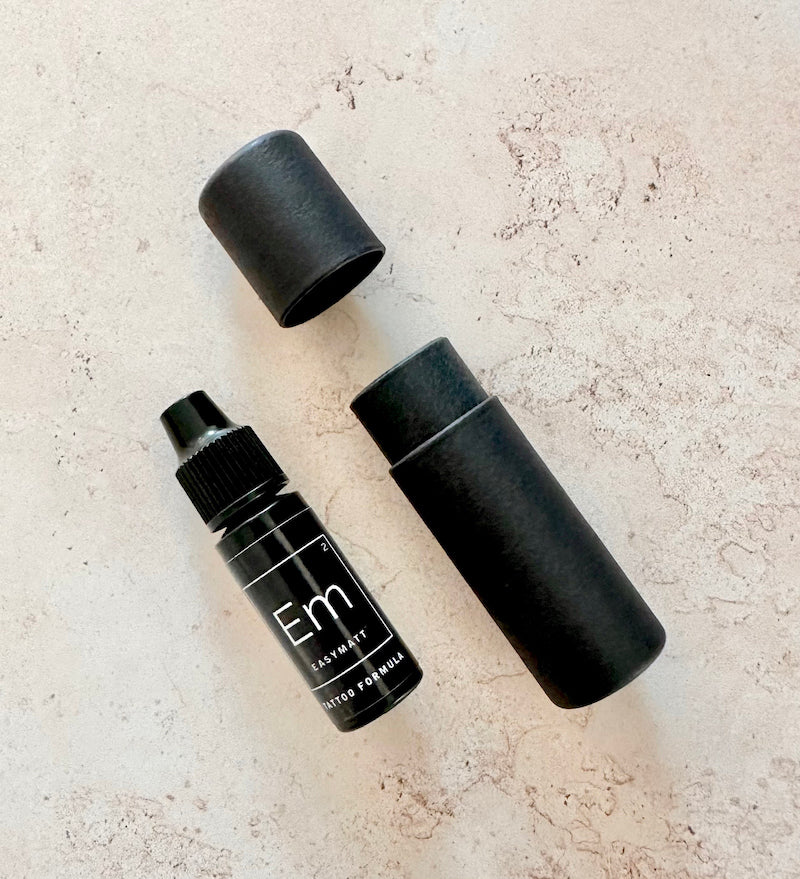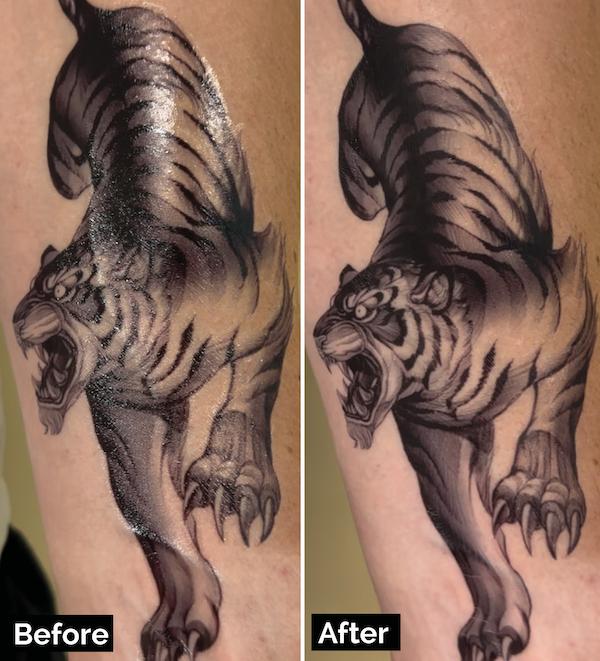Polynesian Origins

Written by Samuel J. Cox
Tattoo as we know it in the modern world owes Polynesia a great debt and this debt begins with the word ‘tattoo’ itself. Only two words of Polynesian origin exist in the English language and they make for strange bedfellows; ‘taboo’ and ‘tattoo’. While tattooing had once been common in various ancient cultures across Europe, by the eighteenth century it had largely been forgotten. As the long fingers of colonialism finally reached the Pacific in the late eighteenth century and early nineteenth century, both the physical tattoo and the word ‘tattoo’ itself returned to Europe. It was Captain James Cook’s voyages through the Pacific which initially brought back the word ‘tattoo’ (from Tahitian tatau) and even a tattooed Tahitian man, Omai, who became extremely popular amongst London high society. In the subsequent decades, more sailors and high seas adventurers would return bearing tattoos, as exotic souvenirs and badges of honour, reintroducing the tattoo into western culture.


While there was an exotic appeal to the tattoo, to borrow that other word of Polynesian origin, it remained deeply taboo. Indeed, this taboo was so engrained in western culture that up until towards the end of the twentieth century the tattoo remained the preserve of rogues, sailors, military personal and criminals. The Christianity of the period fervently opposed tattooing, seeing it as pagan and barbaric. In light of this the missionaries who spread the Christian religion across the Pacific sought to eradicate the practice. While over time they largely succeeded in imposing their religion and many of their ‘civilised’ values on the local people, the tattooing tradition and art form endured, though often not in its traditional form. The traditions of tattoo were perhaps weakened, reduced certainly, but remained unique, stubborn and defiant.
When the first Europeans arrived in the Pacific they were not just confronted by the tattoos, but the lack of clothes that revealed the tattoos. Clothing was an essential mark of civilisation to a European, but they failed to realise that in Polynesian culture the tattoo was considered clothing and performed many of the same roles. For both males and females, the tattoo was an important mark of manhood and womanhood. Tattooing was the warrior’s fearsome armour and the priests sacred gown; it gave the body and person within identity. The process of tattooing was deeply spiritual and religious, although not in a way we would truly understand. It defined a person and was intrinsically tied to their identity.
Traditional tattooing was a widespread practice with cultural significance across the Polynesian Pacific. Polynesia stretches across the Pacific from New Zealand in the south west to Easter Island in the south east and Hawaii in the north; within this vast area each region has its own distinct style and practises.
In Samoa the traditional form of male tattoo is called tatau and for females the malu. The tatau was so deeply engrained into Samoan culture that it was never completely subdued. The tatau covered the body in thick black ink from the waist to just below the knee, while the malu is spread across the same area but was lighter and more delicate in appearance. In the English language ‘tattoo’ was simply taken up as the descriptive word for ink body art, but in Polynesian the word has more complex meanings. For example, in Samoan tatau could mean strike, fight, well-fitting and to wring the moisture out of something, while malu has meanings that include to be protected, coolness and softness. The process of traditional tatau is extremely painful and can take over a month to complete but it must be suffered until completion or the tatau will remain forever uncompleted for all to see.


Tonga’s tattooing tradition was similar to Samoa’s at least in form, although they are thought to have previously had a greater range of tattooing influences as a once great seafaring nation in the region. When the first Europeans reached Tonga in the eighteenth century some Tongans would travel to Samoa to have their tatau’s completed. The colloquial name for tatau is pe’a or flying fox, a dark charcoal animal of a courageous and cheeky nature who features heavily in traditional Samoan and Tongan mythology, often serving as a guardian. Indeed, the traditional tatau was firmly believed to provide Tongan warrior with spiritual protection. In Tonga the missionaries unfortunately succeeded in eliminating the tatau, but in Samoa the traditional form of body art has endured all attempts to remove it from society.
The Marquesas (currently part of French Polynesia) is where the art form of Polynesian tattooing grew ever more elaborate and reached an aesthetic peak. Traditional Marquesan tattoos often covered the entire body with intricate designs unique to the individual; no two were the same. Marquesan tattoos were made up of intricate combinations of geometric shapes and patterns, including circles, ovals, spirals, squares and clean simple lines. These shapes were often filled with abstract faces or animal inspired designs. Unfortunately (as would occur in Tahiti and Hawaii as well) the arrival of Europeans quickly led to dramatic changes in tattoo designs, before eventually a loss of the traditional arts.
While the traditional forms of Polynesian tattooing have changed and in some cases, been lost to us the art itself continues to evolve. Contemporary Polynesian designs represent a fusion of traditional elements with new ideas and methods. As large numbers of Polynesians have emigrated to Australia, New Zealand and America, their unique forms of tattoo have travelled with them. Polynesian tattoo culture has continued to exert an influence on the modern tattoo, with large integrated sleeve (and full body part) designs originating only in Polynesia and East Asia. Polynesians have never resented others displaying their body art and in fact have always believed that fairer skin makes for an aesthetically pleasing contrast with the black ink of tattoo. However, where traditional tattooing is still practiced an outsider must first be accepted and respected by the community to be allowed to bear the tattoo that defines them as a member of that community.
Although traditional tattooing was a culturally significant practice, the Polynesians were not immune to the visually appealing qualities of the tattoo that still attract people to the art today. The tattoo enhances the body’s form and shape, giving the body human design. People still seek to have their bodies tattooed because of the visually appealing qualities, or because they give the body shape and form and provide them with identity.





